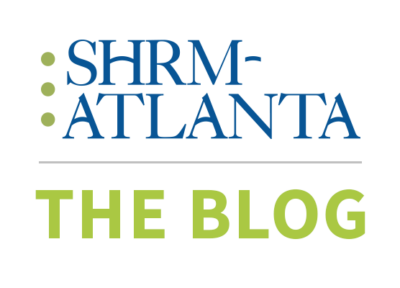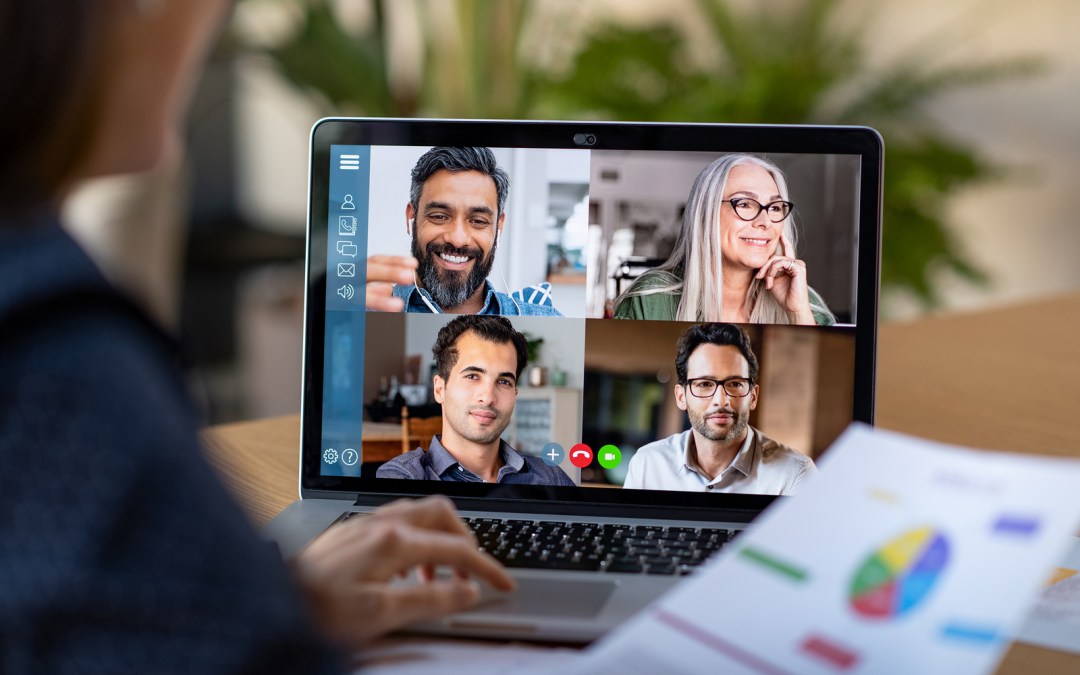Courtesy of: Firefly Facilitation
In today’s environment, everyone is working hard to maximize their remote meetings.
Here are my top 5 easy-to-implement recommendations for productive, engaged team meetings…
#1 Optimize the agenda.
Be clear on the purpose and desired deliverables from each meeting…then design the agenda to achieve those. Keep a tight rein on the number of items on the agenda and put the most critical topics first. Time box the agenda topics (i.e. assign specific times with limits). Build in breaks after 90 minutes. Be clear on the expected outcome from each agenda element. Team leaders should engage others in taking responsibility for some of the agenda items. This helps the other team members to see “their fingerprints” on the agenda – thus they are more committed to making it a productive meeting.
#2 Preparation is critical.
After you design the agenda, send it out at least 24 hours in advance of the meeting. Include any information for participants to read beforehand and ask them to come prepared to share their perspective. This ensures time isn’t wasted reading documents during the meeting. Because they’ve thought about it in advance, everyone’s time is spent productively discussing the topic – increasing the likelihood of achieving all your critical agenda outcomes. Use your available collaborative platforms (such as Google Docs or Microsoft Teams) where everyone can view and add to team documents prior to the meeting.
#3 Active, productive engagement is essential.
Overcome the “wallflower phenomenon” by engaging everyone in some small talk at the start of the meeting. Hearing your voice in the room early on gets people poised to contribute during the meeting. Add a visual component – i.e. ask people to turn on their cameras but warn them in advance so they can prepare themselves and their space. Use a variety of techniques to encourage everyone to contribute. For example, conduct a round-robin, taking turns hearing each person’s perspective on a particular topic. This also reinforces the expected prep they did for the meeting. Change the person you start with each time and be creative – alpha order by first name, by birthday, or by geographic location. And don’t tell them in advance where you will begin. This really keeps people alert!
#4 Create some agreed-upon ground rules for your meetings.
Ask team members to share what ground rules will be most helpful to ensuring these meetings are a productive use of everyone’s time. This should be the critical few of 4-5 that this group believes are needed for them in this remote environment – and that they will actually commit to. For example, establish a rule that prevents multitasking, such as not using the mute button. Multitasking is one of the biggest distractors for virtual participants. The mute button severely limits participation. People will constantly be debating with themselves as to whether what they want to say is worth un-muting – and then the moment for participation has passed. Allow limited exceptions for participants with an unanticipated or unavoidable noise problem in their “home office”.
#5 Capture action items real time.
As you move through each agenda item, find a way to visually capture the action items, ideally in a shared document. I use Who, What, and By When. People care a whole more about the What and By When if their name is the Who. By visually capturing it, people can ask questions for clarification real-time. This action item list can then be updated by people between meetings with the status. At the end of every meeting, ask “Who wasn’t on this call that needs to know what we just decided?” Then figure out how they will get up to speed. Record meetings if there are some who can’t be on the call and yet need to know the content/decisions – plus anyone can go back and review critical discussions/topics.
Bonus Tip: Evaluate and course correct.
Save 3 minutes at the end of the meeting to do a Plus/Delta Evaluation. Plus – what worked well in this meeting and we should keep doing. Delta – What can we improve for next time. Ask everyone to provide their input in the chat window and the team leader can review it either on the call or afterward – and course correct in the design of the next agenda.
Kimberly Douglas, President, FireFly Facilitation Inc., is a nationally recognized facilitation expert in such areas as strategic planning, team effectiveness, large group sessions, innovation and change management. She is the author of The Firefly Effect (Wiley). Over the past 30+ years, she has collaborated with hundreds of leaders – at organizations such as Coca-Cola, The Home Depot, the CDC, and AT&T to dramatically improve their business performance. She was proud to serve as the SHRM-Atlanta 2017-18 Chair of the Board and as President in 2003. Kimberly was honored to be selected as a recipient of the SHRM-Atlanta Lifetime Achievement Award for her contributions to the HR profession and our Chapter. Kimberly truly wants to help you and your team. For questions or suggestions to address your unique needs, email her at [email protected]





